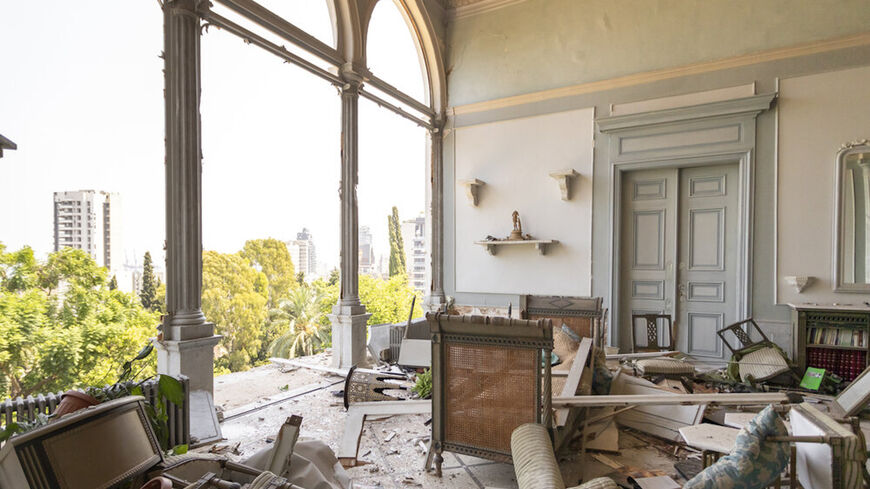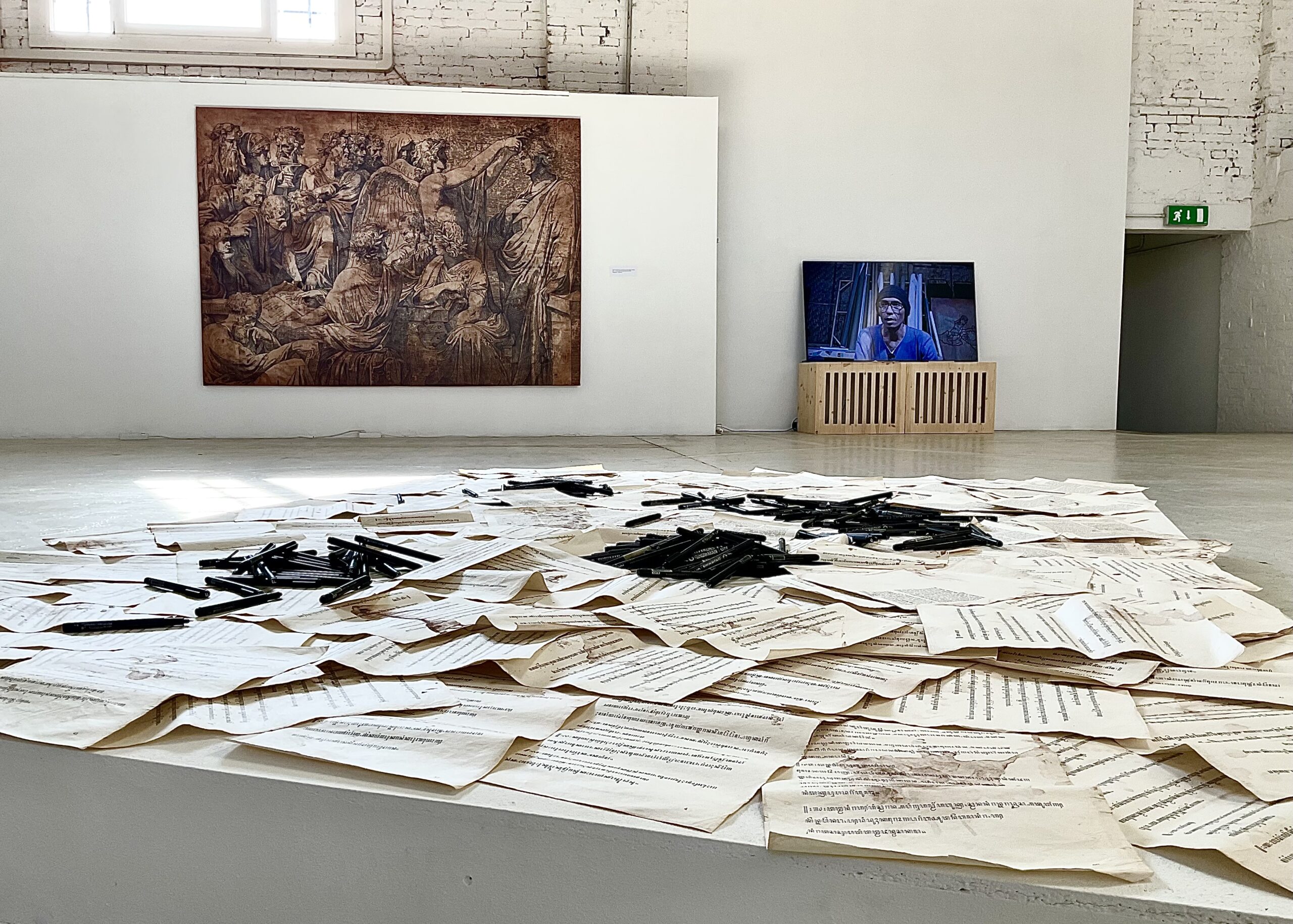
There is but one truth spoken in many different languages. This belief lies at the core of Indonesian artist Eddy Susanto’s practice. With his artworks that examine the cultures of Europe and Java, he signals to us that while the forms, protagonists and settings of each culture’s mythologies differ, they ultimately convey similar fundamental truths about humanity.
Over the years, Eddy Susanto has reframed how the East and West meet. The Jakarta-born, Yogyakarta-based artist is on a mission to uncover the culture and seminal texts which are the patrimony of the Javanese. However, some of these have been forgotten over time, due to reasons such as the limits of oral transmission, the impact of colonialism and, later on, mass culture.
I have written about Eddy Susanto’s show I have curated in Venice for Plural Art Mag.
Read More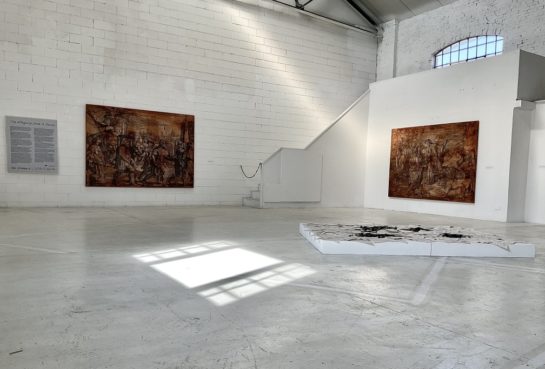
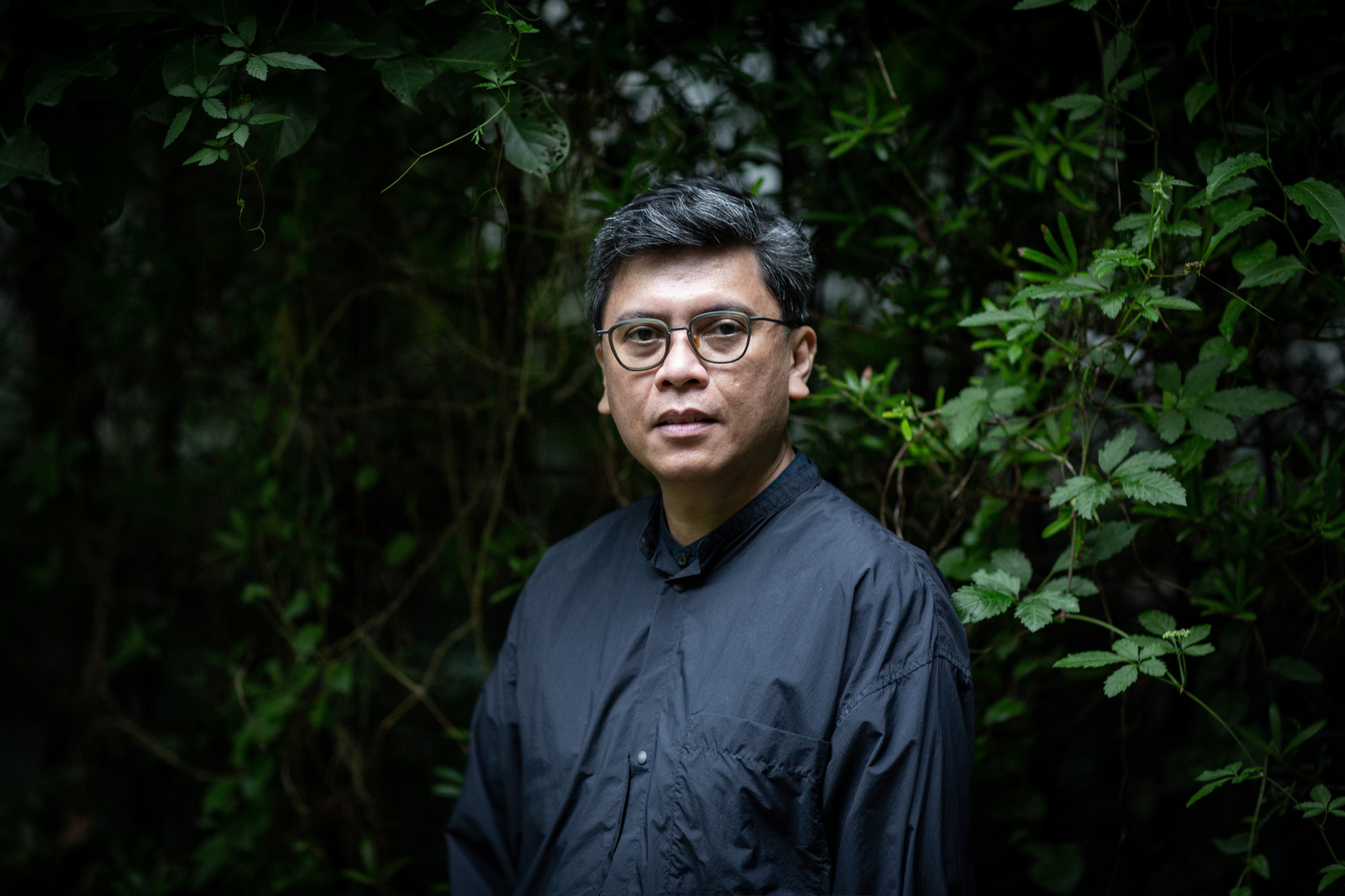

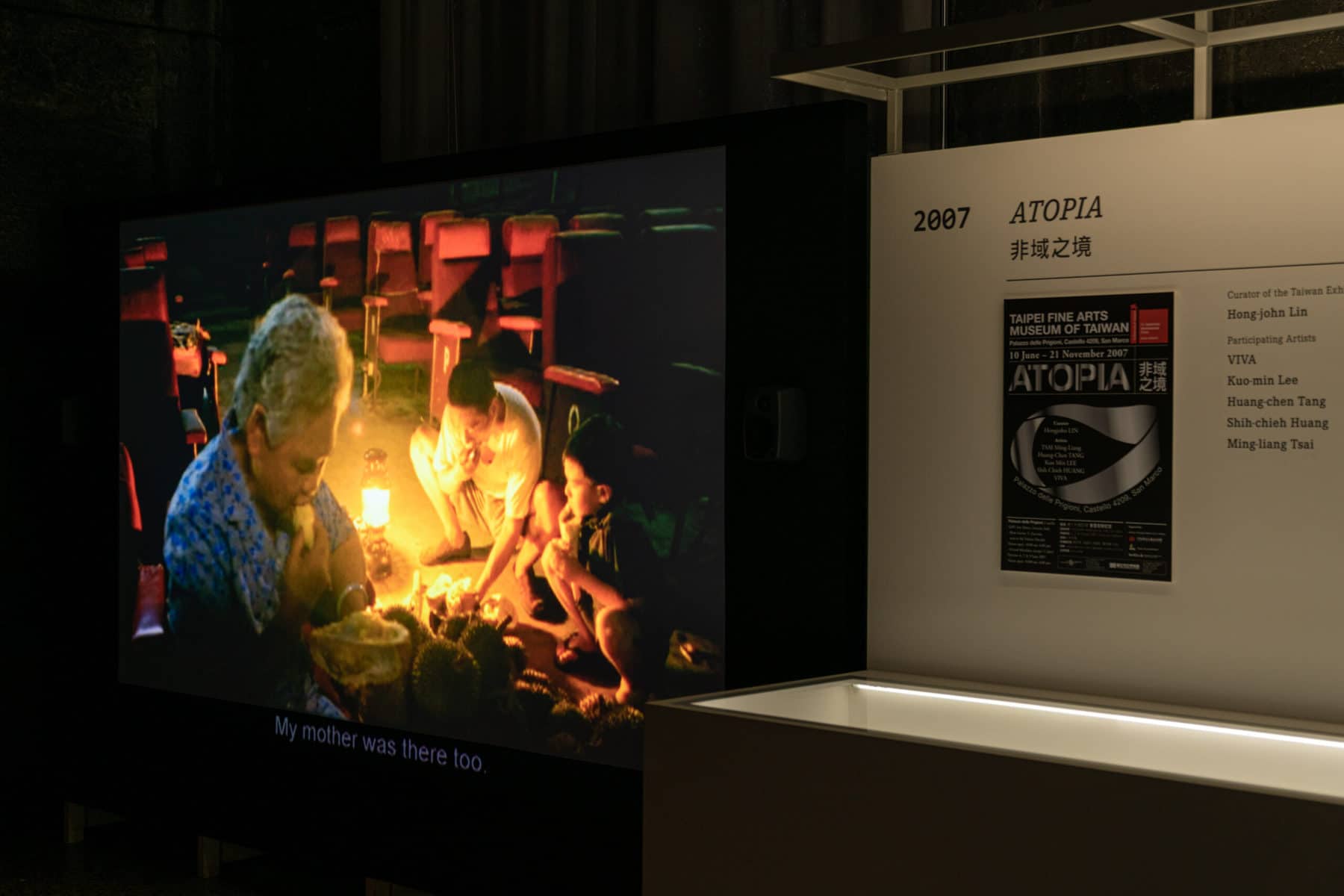
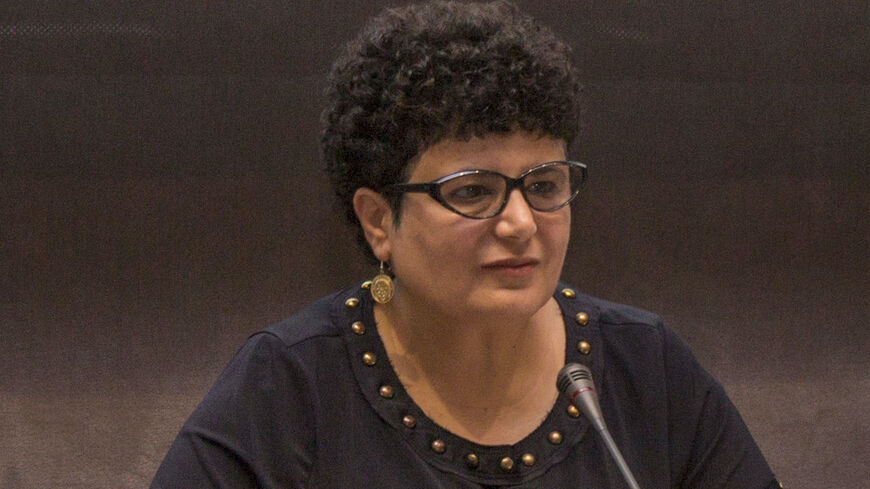


![Nameer Qassim, “Enough”, 2020, Acrylic on canvas, 100x100 cm [Courtesy of The Palestinian Museum US]](https://i0.wp.com/www.middleeastmonitor.com/wp-content/uploads/2022/04/Nameer-Qassim-Enough-2020-Acrylic-on-canvas-100x100-cm.-1-e1651149649212.jpg?resize=930%2C620&quality=85&strip=all&zoom=1&ssl=1)

